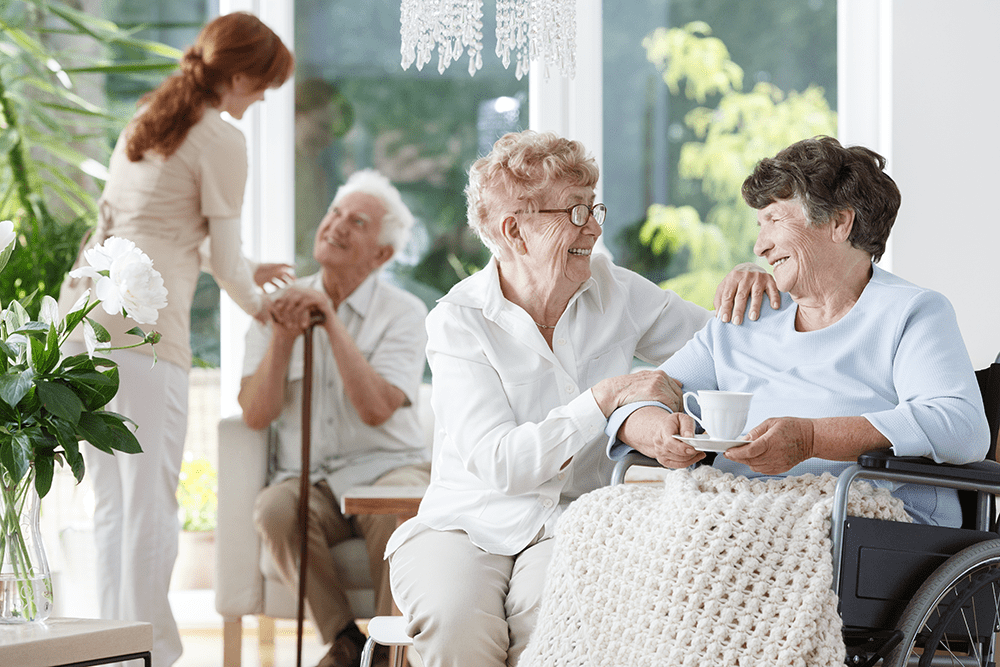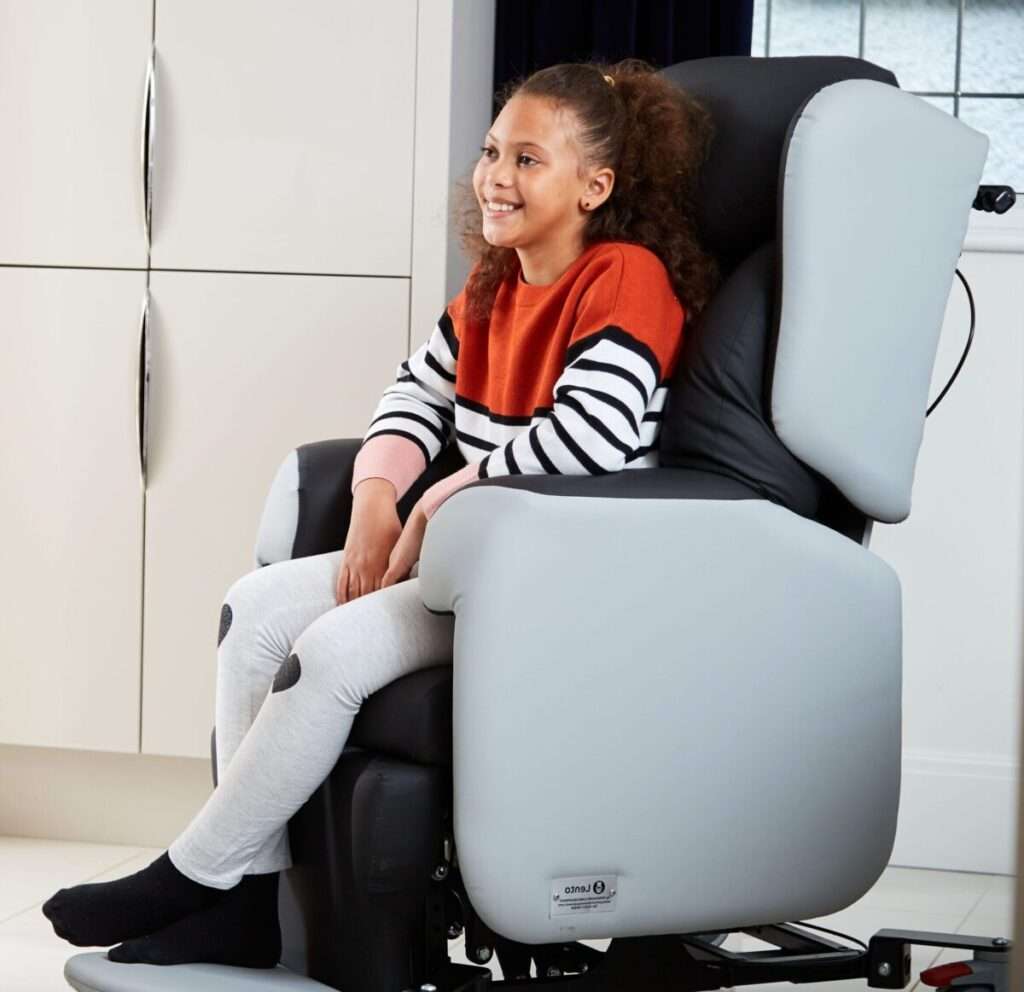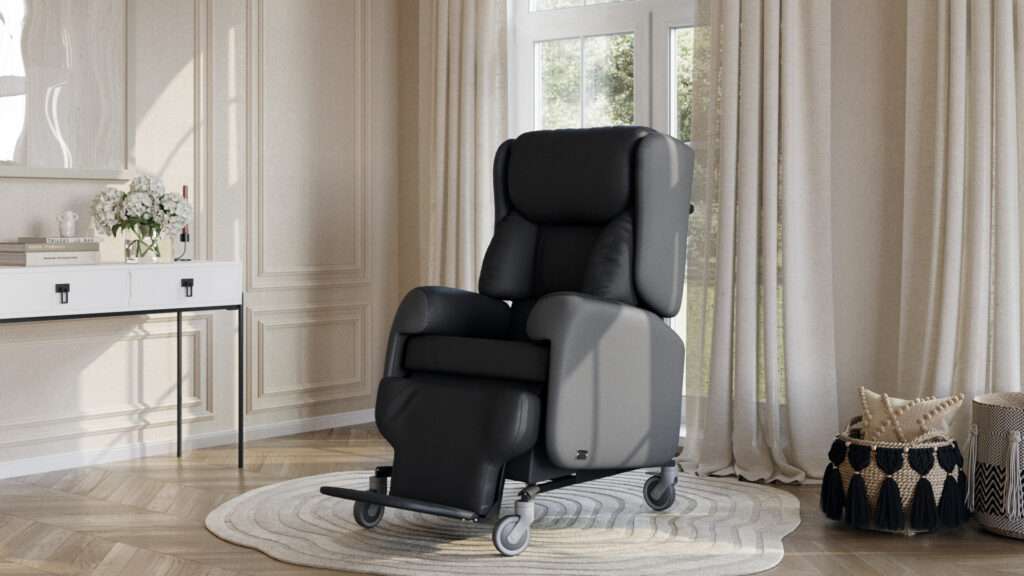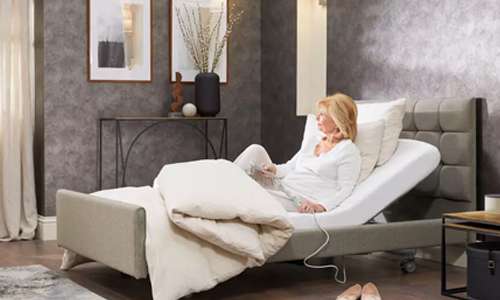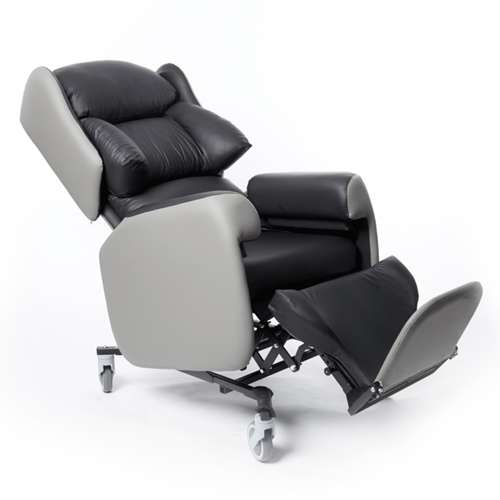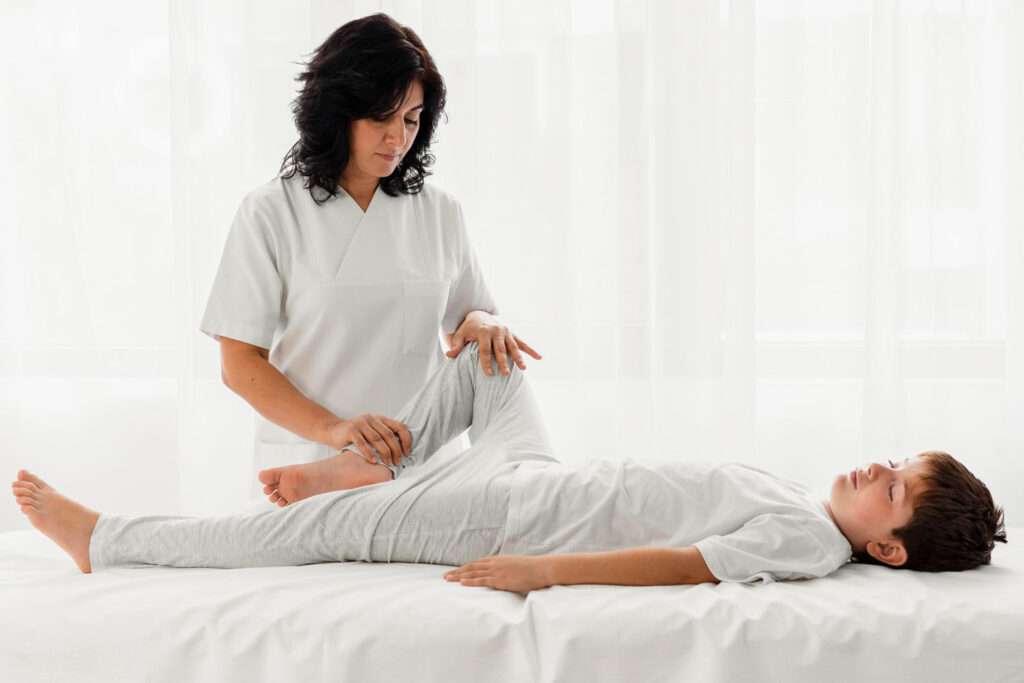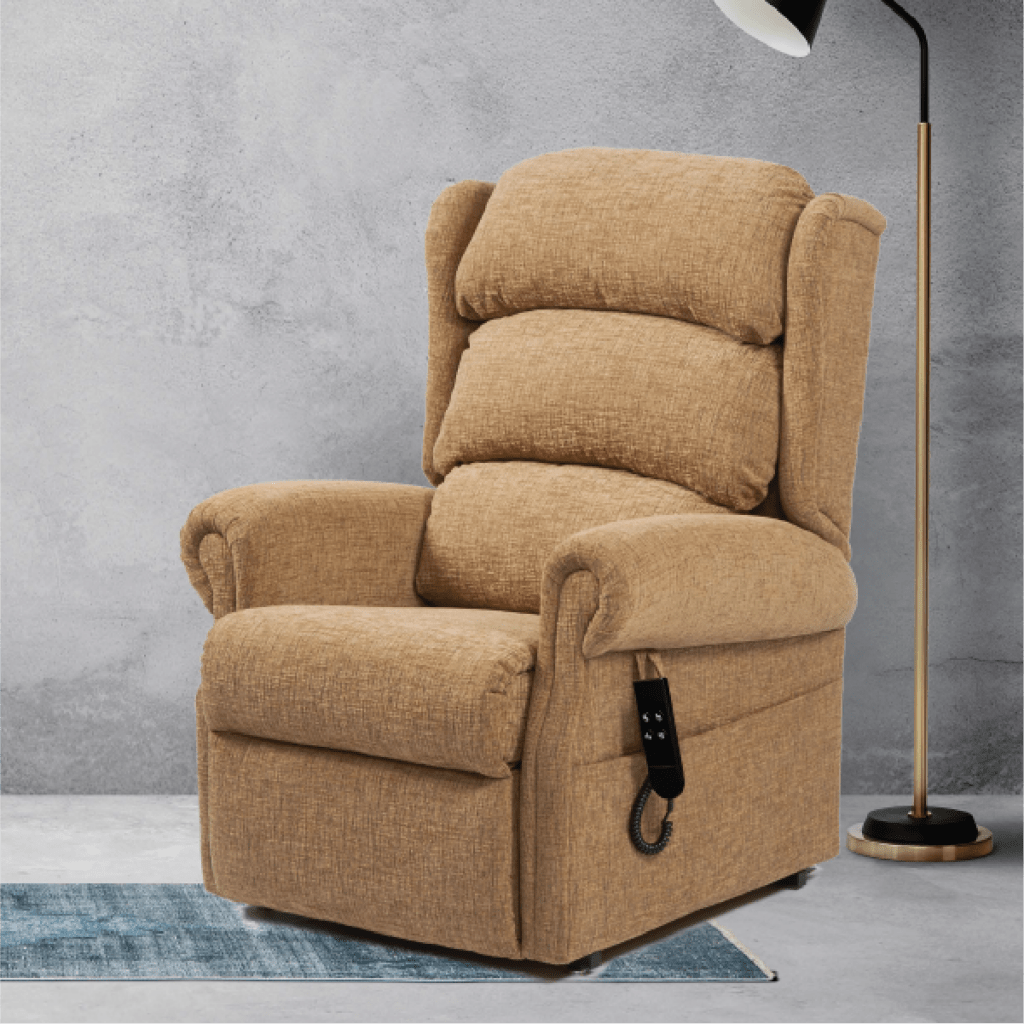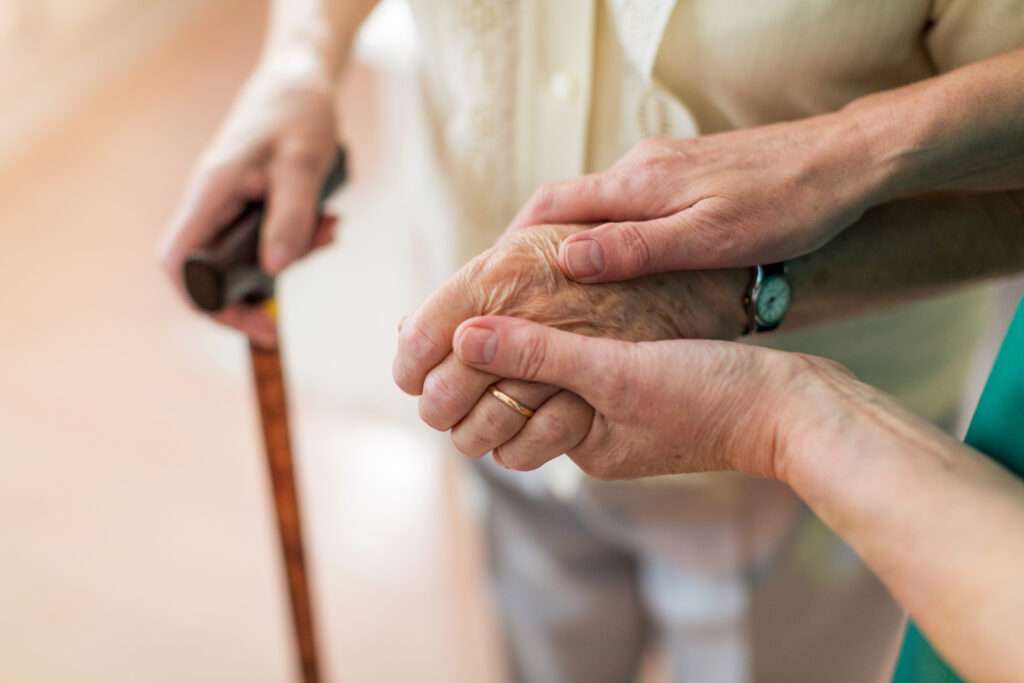A typical profiling care bed is highly adjustable to suit a variety of users’ needs. You’ll find the same level of adjustability in any good hospital beds, and it’s all to help maintain and enhance the level of care and comfort.
Electric profiling beds are sometimes shrouded in technical jargon, so we wanted to go through all the various terminology and explain exactly what it means.
Jump straight to…
Height Adjustment on Profiling Beds
This one is fairly straightforward; height adjustment simply means that you can change the height of the bed to suit the user’s requirement. Height adjustment can also come in handy when carers are tending to patients but don’t want to stoop over and risk back injuries because the bed is too low.
But height adjustability in profiling care beds is most often used to facilitate easier transfers to and from the bed. For people who are still able to stand up and are pretty stable, lowering the bed makes it easier to get into.
And for wheelchairs users, the bed can be repositioned to be level with their wheelchair for transfers using a transfer board.
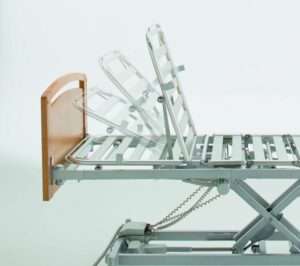
The typical range of backrest adjustment on a profiling care bed.
Adjustable Backrests
Again, this one is self-explanatory. Any good profiling care bed with have built-in backrest adjustability to allow for different positioning and the ability to socialise whilst in bed.
Backrest adjustability gives the user the ability to sit up for eating, reading, chatting and other things. Putting the backrest up also helps patients with respiratory issues as it opens up their airways.
It’s worth noting that increasing the backrest angle whilst keeping the legs flat puts the client at risk of sliding down the bed.
Some electrically adjustable beds with also feature auto-regression which moves and position the backrest differently. This will prevent the mattress from sliding down the bed.
Care Beds with Knee Brake Adjustability
Knee brake seems like an odd term, but you’d know what it was if you saw it. The knee brake gives the user the ability to lift their knees up whilst laid or sat in the profiling care bed.
Raising the knee brake when the backrest is up will help to prevent the individual from sliding down the bed.
Lifting the knees also provides a comfortable natural sitting position for users instead of having their legs left flat.
Trendelenburg & Anti-Trendelenburg Positions
Trendelenburg and Anti-Trendelenburg positions are sometimes included in care beds; they certainly are in some of our beds. These positions are used for more specialist reasoning and not simply for comfort.
The Trendelenburg position entails being tilted at 15° to 30° in a supine position with your feet above your head. It used to be used during operations and such to give better access to organs, but it isn’t used half as much as it used to be due to there being a lack of evidence that shows any benefits.
You can read more about how the Trendelenburg and Anti-Trendelenburg positions are used in care beds in this blog post.
Care Beds with Rastofix & Legrest Adjustment
It’s referred to as Rastofix sometimes, but legrest adjustment is also found in a lot of profiling care beds. This will lift the ankles and legs to be the same level as/or higher than the knees.
This is an adjustment that is made manually by the carer using a ratchet system. Legrest elevation may be needed to help promote circulation to the head and top end of the body, and it may help to reduce swelling in the legs and feet.
Sitting / Fowler’s Position
Profiling care beds will often facilitate a seated posture, also referred to as Fowler’s position. This is where the backrest is angled between 45° and 90°, and the legs are either straight out in front of the person or slightly bend.
Fowler’s position is most commonly used when a person is struggling to breathe or in some sort of respiratory distress. By sitting upright, the individual’s chest is opened up as much as possible and isn’t dragged down or compressed by the effects of gravity.
This care bed position is also used when an oral or nasal feeding tube has been fitted as it reduces the chance of choking and aspiration.





